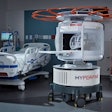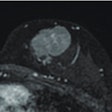Sunday, November 25 | 11:05 a.m.-11:15 a.m. | SSA13-03 | Room E451A
Researchers at Johns Hopkins Medical Institutions have found that 3-tesla MRI can be used to detect small and complex abnormalities in the elbows of male professional baseball pitchers.Their retrospective study included 18 MR images of elbows in asymptomatic pitchers who had a mean age of 23.1 years (range, 18-34). The MR images were acquired with a 3-tesla magnet with an eight-channel phased-array receiver coil.
One musculoskeletal radiologist reviewed the results, analyzing collateral ligaments, tendons, cartilage, bones, ulnar nerves, and joint fluid, while another radiologist handled the quantitative analysis of ligament and posterolateral plica thickness.
Among the abnormalities detected by MRI was thickness in the anterior bundle of the ulnar collateral ligament (UCL) in 13 subjects (72%), while 10 athletes (55%) had partial tears of the anterior UCL bundle.
The anterior UCL bundle had an average thickening of 4.9 mm and the posterior bundle had an average thickening of 1.6 mm, which are greater than measurements in an asymptomatic population of nonpitchers.
Tendinopathy was present in four individuals (22%) for the common flexor tendon, six players (33%) for the common extensor tendon, and eight players (44%) for the triceps tendon.
"Three-tesla MRI has higher signal-to-noise ratio than lower-field MRI and hence the possibility to achieve better spatial resolution with thinner slices," said lead study author Dr. Filippo Del Grande, a research fellow of radiology at Johns Hopkins. "This is a big advantage because even smaller ligament and tendon lesions could potentially be better depicted. This would be of greater benefit for sports imaging that deals with small and complex anatomy."
Del Grande and colleagues added that radiologists should be aware of the high prevalence of MRI abnormalities in asymptomatic baseball pitchers to establish positive criteria for interpreting MR images of symptomatic pitchers.

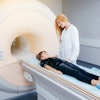

.fFmgij6Hin.png?auto=compress%2Cformat&fit=crop&h=100&q=70&w=100)
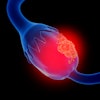


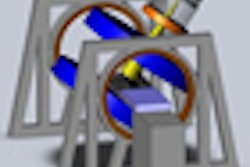
.fFmgij6Hin.png?auto=compress%2Cformat&fit=crop&h=167&q=70&w=250)




